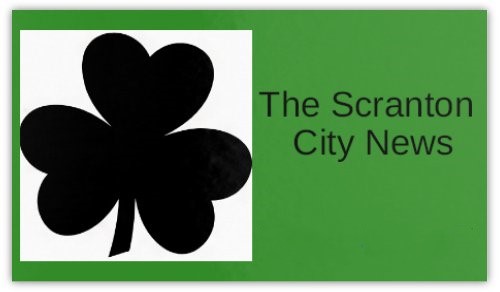Did a Secret Service sniper hold Thomas Matthew Crooks in his rifle sights but not pull the trigger until after Crooks opened fire on former President Donald Trump and people around him at a Butler, Pennsylvania, political rally?
Did that Secret Service sniper wait for authorization to shoot that came only after Crooks wounded Trump, killed a man sitting in the stands with his family and shot two other men?
Did the Secret Service sniper enable Crooks to keep firing over and over again before finally killing the would-be presidential assassin?
These unconfirmed suspicions top the list of questions that remain unanswered as several investigations continue into the July 13th presidential assassination attempt.
Pennsylvania State Police Commissioner Christopher Paris recently testified before a congressional hearing about the timeline of the shooting, providing his understanding of the number of shots Crooks fired.
“I believe that the number is eight,” Paris told the House Committee on Homeland Security. “Eight casings have been recovered.”
Did the Secret Service sniper who eventually killed Crooks watch him squeeze the trigger on his AR-15-style semi-automatic rifle eight separate times before finally squeezing the trigger on his own rifle? Why didn’t the Secret Service sniper kill Crooks sooner? Do Secret Service snipers require supervisory approval before firing on a human target? Did the sniper who killed Crooks have the sole power to decide when to fire?
National news outlets have confirmed that seconds before the shooting began local police responded to reports of a suspicious man on the roof. When one officer hoisted another so he could see onto the roof, Crooks turned and pointed his rifle at him, news reports said. When that officer lost his grip and fell about eight feet to the ground he and the officer who hoisted him quickly notified colleagues about the man on the roof with a weapon, news reports said.
Police have not confirmed whom the two local officers alerted or how many seconds passed before Crooks opened fire. But did a Secret Service sniper already have Crooks in the crosshairs when the local officer ducked to keep from getting shot? If so, why didn’t the sniper shoot earlier?
National news reports speculate the Secret Service sniper teams, of which at least two were assigned to the rally, might have simply missed seeing Crooks until it was too late. Secret Service snipers do not need permission to shoot, those reports say.
Yet official skepticism surfaced recently when I spoke with a friend who said he had talked with a law enforcement officer who said he had spoken to other officers who had been assigned to the deadly Trump political rally in western Pennsylvania. News reports estimated about 100 federal, state and local law enforcement officers worked the Butler rally.
Despite quadruple hearsay my source is credible. So is the law enforcement officer to whom he said he spoke. Whether Pennsylvania police are spreading untrue rumors or shocking undisclosed facts, experienced cops are talking. When seasoned cops are talking people need to listen.
I’m a local news columnist seeking truth.
High-ranking government officials are responsible for delivering truth.
Experts must persist in investigating and presenting detailed answers that will hopefully better prepare law enforcement officials sworn to protect and serve the people and uphold the public trust. Full disclosure of all relevant facts in this tragedy might one day prevent another American presidential assassination. Shoddy inquiry only sets the stage for future carnage.
In this case, the public right to know is a matter of life and death.



